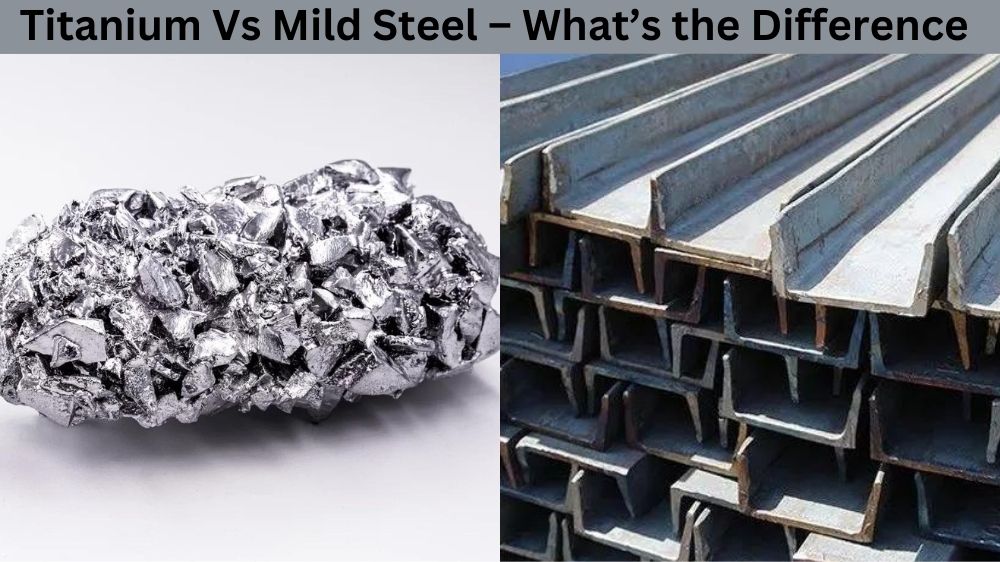
Titanium Vs Mild Steel – What’s the Difference
When selecting materials for a project, it is essential to choose the ones that will do the job most effectively. Two materials used in many manufacturing processes are titanium and mild steel. Though they can sometimes be used interchangeably, they have significant differences in their properties. This blog post will explore the differences between titanium and mild steel and why you would choose one material over the other.
Titanium is unique because of its strength, corrosion resistance, and lightness. The natural oxide layer on titanium prevents rust and makes titanium a low-maintenance option for products that would otherwise require regular finishing and maintenance. Mild steel, on the other hand, is an economical and straightforward option well-suited to most manufacturing processes. It is not as strong as titanium, but it is still an incredibly robust and durable material.
For more information visit Kapilsteel.com
What is Titanium?
Titanium is a highly sought-after metal renowned for its strength, lightness and corrosion resistance. It has the highest strength-to-weight ratio of any metallic element on Earth, making it an ideal choice for aerospace and medical applications. Titanium is also resistant to many chemicals and temperatures, making it suitable for marine or chemical industry use. Despite being expensive to extract and refine, titanium is used in countless products, including jeweler, eyeglass frames, laptop cases and artificial joints due to its durability.
What is Mild Steel?
Mild steel is an iron and carbon alloy containing a low percentage of carbon (less than 0.2%). It has low strength but high ductility and machinability. Mild steel is used to construct buildings, consumer appliance frames, furniture frames and automotive components. It is also popularly used for making pipes for plumbing purposes as it is resistant to wear & tear and corrosion due to its soft surface, which prevents dirt from settling into the material easily.
Difference between Titanium And Mild Steel
The main difference between titanium and mild steel is their composition. Mild steel is an alloy composed mainly of iron and small amounts of carbon, whereas titanium is composed primarily of titanium dioxide. Titanium has a much higher tensile strength than mild steel, making it ideal for applications that require strong yet lightweight materials – such as aircraft parts and medical implants. It also has much better corrosion resistance than mild steel, making it suitable for outdoor uses.
- Titanium is a stronger metal than mild steel.
- Titanium is more resistant to corrosion than mild steel.
- Titanium is lighter in weight than mild steel.
- Titanium is more expensive than mild steel.
- Mild steel is easier to work with than titanium.
Conclusion:
In conclusion, titanium and mild steel are excellent materials, but their properties differ significantly. If you need a strong, durable, and corrosion-resistant metal that is lightweight, then titanium is the ideal choice. However, if you need an economical metal that is easier to work with and is suitable for a wide range of applications, then mild steel is the better option. Ultimately, the final decision depends on what you are looking for in a material and what you’re willing to spend.